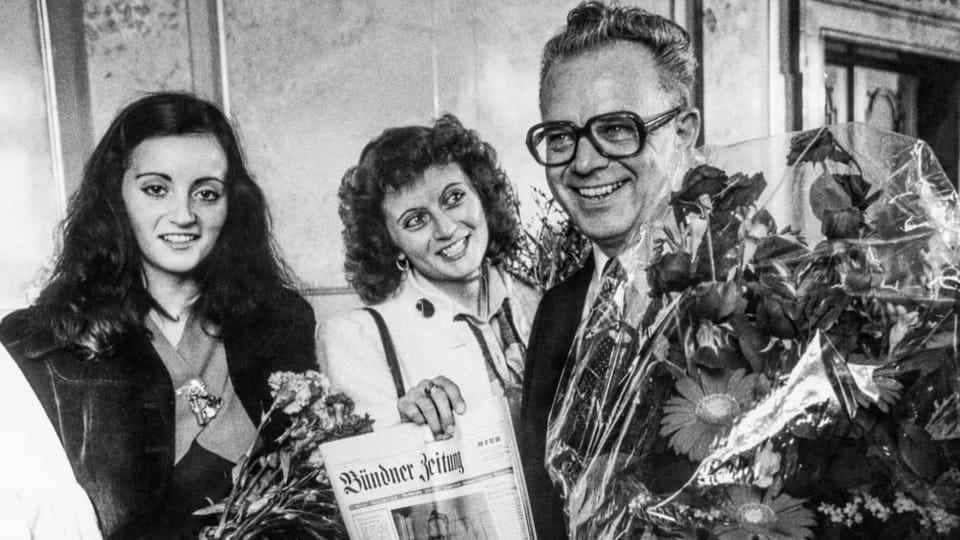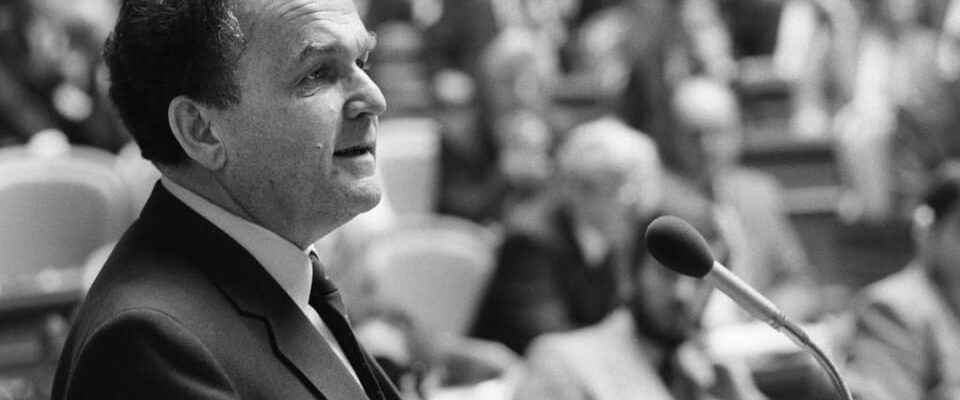contents
Willi Ritschard, Samuel Schmid, Georges-André Chevallaz and Hans Hürlimann: all were federal councillors, but none was an official candidate. Their parties preferred someone else.
Any person with Swiss voting rights can become a member of the Federal Council. In theory, the United Federal Assembly does not have to adhere to the proposals of the parties.
This has happened more often in the past. On December 7, 1983, the SP wanted Lilian Uchtenhagen to be the first woman in the Bundesrat. However, the bourgeois majority set up SP National Councilor Otto Stich as an opposing candidate and elected him.
Every fifth unofficially
According to the Swiss online platform for political science «De facto» voted by Parliament over the past 100 years in one out of five cases none of the official candidates. In other words, thirteen times the Federal Assembly had preferred an unofficial candidacy.
All major parties were affected. According to “DeFacto”, the SP protested most violently against this practice of not electing official candidates. When Otto Stich was elected instead of Lilian Uchtenhagen, the party discussed whether the SP should leave the state government altogether. It was decided against.
Legend:
On December 7, 1983, the newly elected Federal Councilor Otto Stich (SP) speaks to the Federal Assembly.
KEYSTONE / STR
Ten years later, on March 3, 1993, the same thing happened with a different personality: the Federal Assembly passed over the official SP candidate Christiane Brunner from Geneva and opted for Francis Matthey from Neuchâtel.
Under pressure from the party and the population, Matthey did not accept the election. The SP then presented Parliament with a two-way ticket with Christiane Brunner and Ruth Dreifuss. Dreifuss made the election.
Tickets for two have been normal since 1993
Between 1919 and 1979, the parties invariably proposed only one candidate for a vacancy in the Bundesrat. The SVP was the first party to offer the Federal Assembly a choice. In 1979 she presented Werner Martignoni from Bern and Leon Schlumpf from Graubünden. Smurf won the race.

Legend:
The daughters Carmen (L) and Eveline Schlumpf are happy about their father Leon Schlumpf’s election to the Federal Council in December 1979. Eveline Widmer-Schlumpf was the first woman to be elected to the Federal Council in 2007.
Keystone / Arno Balzarini
Five years later, the FDP also presented a ticket for two. Elisabeth Kopp from Zurich beat Bruno Hunziker from Aargau and was the first woman to be elected to the state government.
Since 1993 that is According to «DeFacto», a two-way ticket is the norm. Political scientist Georg Lutz from the University of Lausanne says that Federal Council elections have become more predictable for the parties because usually someone is elected on the ticket. On the other hand, the Federal Assembly has restricted its freedom of choice because it is sticking to the proposals.
There shouldn’t be any big surprises
But not always: In 2000, the Federal Assembly decided in favor of Samuel Schmid from Bern from the SVP. His party had ported Rita Fuhrer and Roland Eberle.
Or 2007: At that time, the incumbent SVP Federal Councilor Christoph Blocher was replaced by Eveline Widmer-Schlumpf from Graubünden.
Next Wednesday, when it comes to the successor to Simonetta Sommaruga (SP) and Ueli Maurer (SVP), there should be no big surprises. Many parliamentarians consider the four proposed candidates to be eligible for election.
